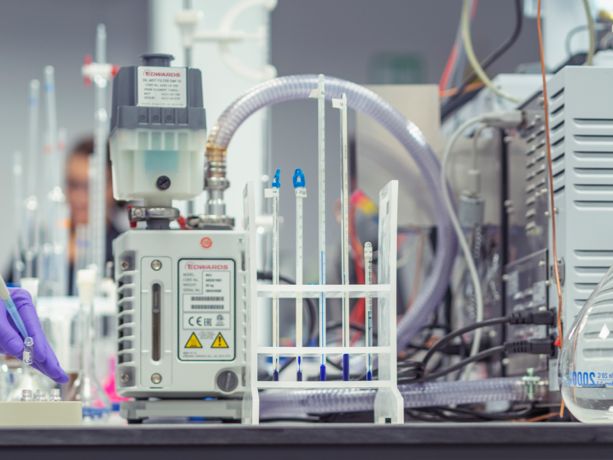WaveRoller Technology Soon to Become Operational

Scientists are constantly developing innovative new methods to produce greener electricity. With the advances of solar, wind, and geo-thermal power, harnessing nature seems to be one of the best options when it comes to more environmentally-friendly options.
But what about wave energy? Considering the Earth is around 71% water, and we have plenty of fluctuation in tidal and wave strength, using this to generate green energy simply makes sense. However, the technology to take advantage of the natural movements of the oceans has ironically been rather stagnant.
This could all be set to change, as Finnish company AW Energy has been making waves within the industry with a design they call the WaveRoller.
Interestingly, the idea for the WaveRoller was sparked in 1993, when a diver watched the movement of an undersea hatch and wondered if this back and forth could be harnessed into electricity. However, it took several years before a proof of concept could be developed, and longer still until the first commercial unit was deployed – 26 years in fact, as the first commercial WaveRoller was connected to the grid off the Portuguese coast in 2019.
Since then, and with the assistance of EU funding, AW Energy has been working towards the manufacture and deployment of collections they’re calling WaveFarms. These would consist of a set of between 10-24 WaveRoller units installed on the sea bed around eight to 12 metres deep, no more than 2km from shore.
In terms of commercial viability, a 2023 study from Renewable Energy found that the WaveRoller design has the lowest levelised cost of electricity (LCoE) at €125/MWh (compared to other forms of wave energy technology). This measurement shows the price at which the electricity generated should be sold to ensure the system breaks even by the end of its life. This is a very promising start considering wind energy was reported at €61/MWh, and has had several years of commercial development to reach that figure.
According to AW Energy, each WaveRoller is rated to produce between 350 kW to 1 MW of electricity – with this higher threshold being enough to power approximately 750 homes. Overall, this technology – 31 years in the making – could be a big step towards achieving reliable renewable electricity from wave energy, and support an unified network of sustainable power.
The Lab: the home of forensic materials testing
Understanding how a material behaves under different pressures, at variable temperatures, and in high-impact situations - such as offshore conditions like those described above - can help you make the best choices to ensure your products are as efficient and durable as possible.
At The Lab, we have a superb team of experts with experience in a vast array of material disciplines. From metallurgy to forensic failure investigations, explore how our materials testing services can make a difference for you.
Consult our experts at The Lab today
For more valuable industry insights, information, and the latest news, explore The Lab’s News and Knowledge Hub…
ECTA Releases Their Annual Report 2023 & ECTA RC Report 2022 | Scientists Discover 'Superhydrophobic' Surfaces | Researchers Find an Innovative New Use For Plastic Waste
- Author
- Anthony York
- Date
- 28/03/2024
